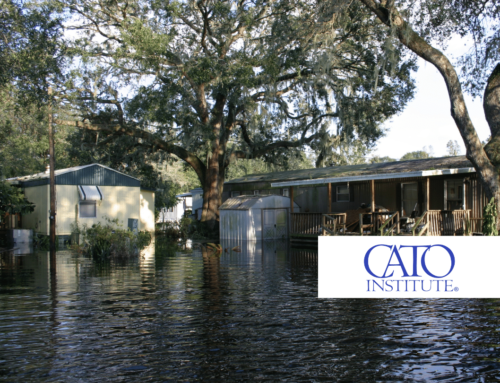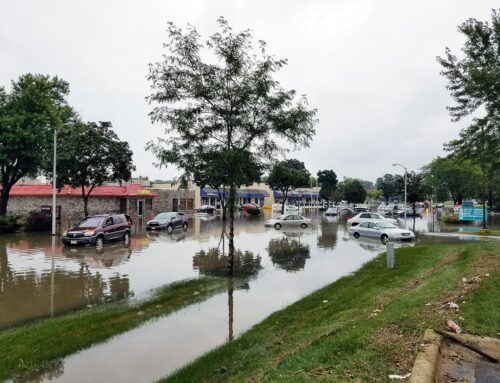While the country was watching Hurricane Gustav and the Republican Convention this week, the Bush Administration finally killed one of the oldest and most wasteful water projects in the country .
The $220 million, 67-year old Yazoo Pumping project in Mississippi had long been a gleam in the eyes of local politicians. Yazoo is a poster child of how the U.S. Army Corps of Engineers diverts too much money each year to economic water project boondoggles, while in the meantime the nation watches millions of Americans suffer from flooding in the Midwest and the Gulf Coast.
The Yazoo project would have built the largest pump assembly in the world to drain a frequently flooded area in the Mississippi delta, allowing for increased agriculture production. This wasn’t about spending millions to protect people and infrastructure in harms way, but about spending hundreds of millions to grow more soybeans. And through a deft move by Mississippi politicians a decade ago, the federal taxpayer was stuck with the entire tab – unlike most projects, the locals who would make a killing on this project wouldn’t have to pay a penny.
There are plenty more boondoggles like the Yazoo pumps that should suffer a similar fate. Here’s what we came up with a few years ago . Just in Louisiana, this year the Corps of Engineers is spending nearly $7 million to continue construction on a deadbeat navigation project, the J. Bennett Johnston Waterway named for its former congressional patron – who is now a lobbyist. Or spending nearly half a million dollars on riverfront development in West Baton Rouge. These and other similar projects are siphoning away taxpayer money from more critical needs.
In separate emergency spending measures, taxpayers are understandably sending billions of dollars to increase flood protection in Louisiana. But more money is not a solution in and of itself. In the five fiscal years leading up to Katrina, Louisiana received more Corps of Engineers construction funding, $1.9 billion (much of what which was not related to flood control), than any other state in the union (California was second at $1.4 billion).
Interestingly, Gustav demonstrated how flood protection used to work in Louisiana many decades ago. The storm ran into Grand Isle, a barrier island off the coast that took an edge of the storm and reduced wave surge. It then crossed a large expanse of wetlands further diminishing its energy before making landfall.
One of the first towns in Gustav’s path was Houma, LA. Houma is part of a $1 billion, 72-mile levee project “Morganza to the Gulf.” Unfortunately, that project would only build levees that would protect from a category 3 storm, encourage high risk development, and cause acres of hurricane-sapping wetlands to be lost.
Morganza is just one of many dinosaur flood control projects that follow the old logic – spending a lot of taxpayer dollars without getting much in return.
What Katrina, the Midwest flooding, and now Gustav have taught us is that our country needs to be smarter about where we spend taxpayer dollars. Spending tens of billions to construct a Great Wall of Louisiana or higher levees everywhere won’t work. First, get rid of the deadbeat commerce and pork barrel water projects. Then, concentrate precious Corps of Engineers flood protection funding on providing large levels of protection to defend development and critical infrastructure, move some people out of harm’s way, and work with mother nature to manage the rest. That way when Katrina and Gustav’s sibling – the really big one – hits, we can be ready.











Get Social